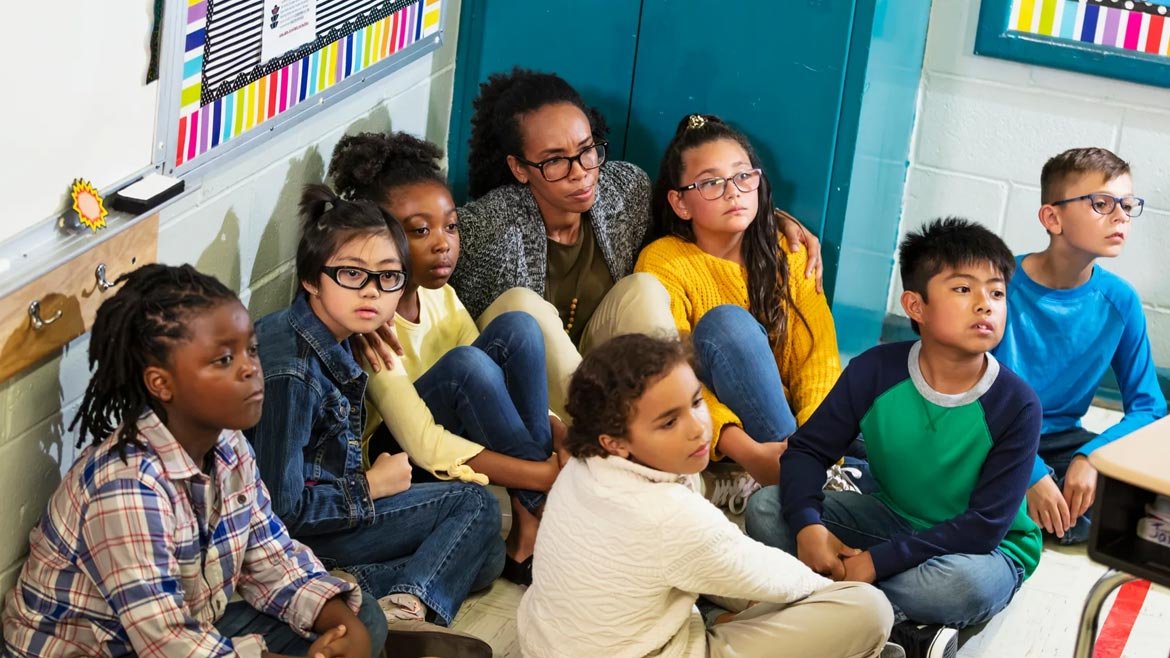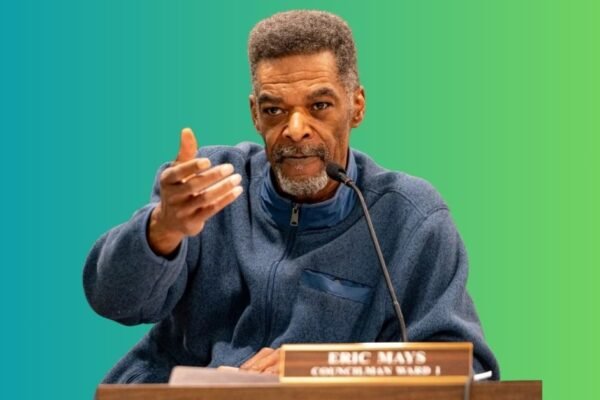The Historical Context of School Shootings
School shootings have tragically become a prominent issue in contemporary society, with a history that dates back to the early 20th century. The earliest documented school shooting in the United States occurred in 1764, when four Native American warriors attacked a schoolhouse in Pennsylvania, resulting in the deaths of several children. However, these incidents were rare for many decades. The modern era of school shootings began to take shape in the late 20th century, with more frequent occurrences reported by the media and law enforcement.
By the 1990s, school shootings had begun to permeate the social consciousness of the United States, marked by high-profile tragedies such as the 1999 Columbine High School shooting, where two students killed twelve fellow students and one teacher. This event, along with subsequent incidents like the 2007 Virginia Tech shooting, which resulted in the deaths of 32 individuals, catalyzed a national conversation about school safety, gun control, and mental health.
Statistics reflect the growing prevalence of these incidents. According to the Centers for Disease Control and Prevention, the number of school shootings has increased significantly over the years. In the wake of the Columbine tragedy, there were approximately 20 shootings on school grounds in the U.S. per year. By the late 2010s, this number had risen to over 30 annually, not counting various threats or non-fatal attacks. The rise in frequency can be attributed to various societal factors, including increased gun availability, cultural desensitization to violence, and the influence of social media in spreading radical ideas.
Law enforcement practices have also evolved in response to the rising threat of school shootings. The introduction of active shooter drills, improved emergency response protocols, and the development of threat assessment teams are all aimed at mitigating the risk of such tragic events in schools. These historical elements contribute to the urgent necessity of understanding the multifaceted nature of school shootings and their implications for policy and community safety.
Identifying Causes: Psychological and Societal Factors
The phenomenon of school shootings evokes extensive debate and analysis, particularly regarding the psychological and societal factors that contribute to such devastating incidents. At the core of understanding these events is an examination of mental health issues. Many perpetrators experience untreated mental health conditions, which can lead to feelings of isolation and despair. The profound impact of these mental health challenges can manifest in ways that may culminate in violent actions, as individuals struggle to cope with their internal turmoil.
Social isolation is another critical factor in the discourse surrounding school shootings. Adolescents, in particular, may feel disconnected from peers, which can exacerbate existing mental health issues and breed resentment or anger. This sense of alienation often leads to a search for belonging, and when individuals feel marginalized, they may resort to violent means as a misguided pathway to recognition or revenge.
Furthermore, exposure to violence—whether in the home, community, or through media—can desensitize individuals to aggression and normalize violent behavior. Repeated exposure to aggressive acts may diminish the psychological barriers against committing similar acts, particularly for those already struggling with emotional or behavioral issues. The intersection of these factors creates a complex landscape that is difficult to navigate.
Additionally, the accessibility of firearms plays a significant role in the execution of school shootings. In many cases, individuals acquire weapons from family members or through gaps in legal restrictions, enabling them to act on their impulses. The combination of personal grievances, psychological distress, and easy access to firearms can tragically culminate in these violent events.
Understanding the motivations and backgrounds of shooters is crucial for prevention efforts. Individuals are often driven by a myriad of factors, including personal trauma, academic pressures, and societal expectations. A comprehensive analysis of these elements underscores the necessity for a multifaceted approach to address the root causes of school shootings and the complexities involved in each unique case.

The Impact of School Shootings on Communities
The occurrence of school shootings inflicts profound and lasting emotional and psychological consequences on the affected communities. Survivors, families, educators, and law enforcement officers often grapple with a range of intense emotions following such tragic events. Many individuals may experience grief, anxiety, and depression, leading to a decline in overall mental well-being. The immediate fallout of a school shooting can create a pervasive atmosphere of fear, not only among students but also within their families and the broader community. Parents often worry about the safety of their children in educational settings, leading to heightened anxiety levels and altered parenting practices.
Beyond these immediate effects, school shootings yield long-term society-wide implications. Communities typically respond by reconsidering existing school policies and implementing stricter security measures. Surveillance systems, active shooter drills, and resource officers become common features of school environments. These reactions aim to bolster safety but can also contribute to a climate of mistrust and anxiety, subtly altering the educational experience for students and teachers alike. Constitutional rights discussions, particularly those related to gun control, gain momentum in the aftermath of such incidents, provoking divisive debates that can strain community relations.
Preventive Measures and Solutions to School Shootings
Efforts to prevent school shootings have gained significant attention in recent years, leading to a variety of strategies designed to mitigate this pressing issue. Legislative efforts play a crucial role, with policymakers working to implement and refine gun control measures aimed at regulating access to firearms. This includes age restrictions, background checks, and red flag laws, which allow law enforcement to temporarily remove firearms from individuals deemed a risk. These legislative actions aim not only to prevent potential shooters from acquiring weapons but also to address broader societal issues surrounding gun violence.
In addition to government initiatives, community involvement is vital in creating a holistic approach to safety. Schools can collaborate with local organizations to establish programs that unify families, educators, and law enforcement in fostering safe environments. Initiatives such as neighborhood watch programs and community safety workshops can empower citizens to be vigilant, thus contributing to the prevention of potential incidents related to school shootings.
Schools themselves are also implementing safety protocols to enhance campus security. This includes the establishment of comprehensive emergency response plans, regular safety drills, and improvements to physical infrastructure, such as surveillance systems and controlled access points. These measures not only deter potential attackers but also prepare students and staff in the event of an emergency.
Mental health services are another critical component in preventing school shootings. By providing students with access to counseling and mental health resources, schools can identify at-risk individuals and intervene before crises escalate. Educational programs aimed at conflict resolution, empathy, and emotional intelligence are essential in nurturing a supportive school culture that discourages violence.
At the individual level, fostering open communication and problem-solving skills among students can help them navigate challenges without resorting to violence. By promoting awareness and support networks, we can better equip students to handle conflicts constructively. Instituting preventive measures across the governmental, school, and community levels is vital in the collective effort to reduce the occurrence of school shootings and create secure learning environments for all students.



